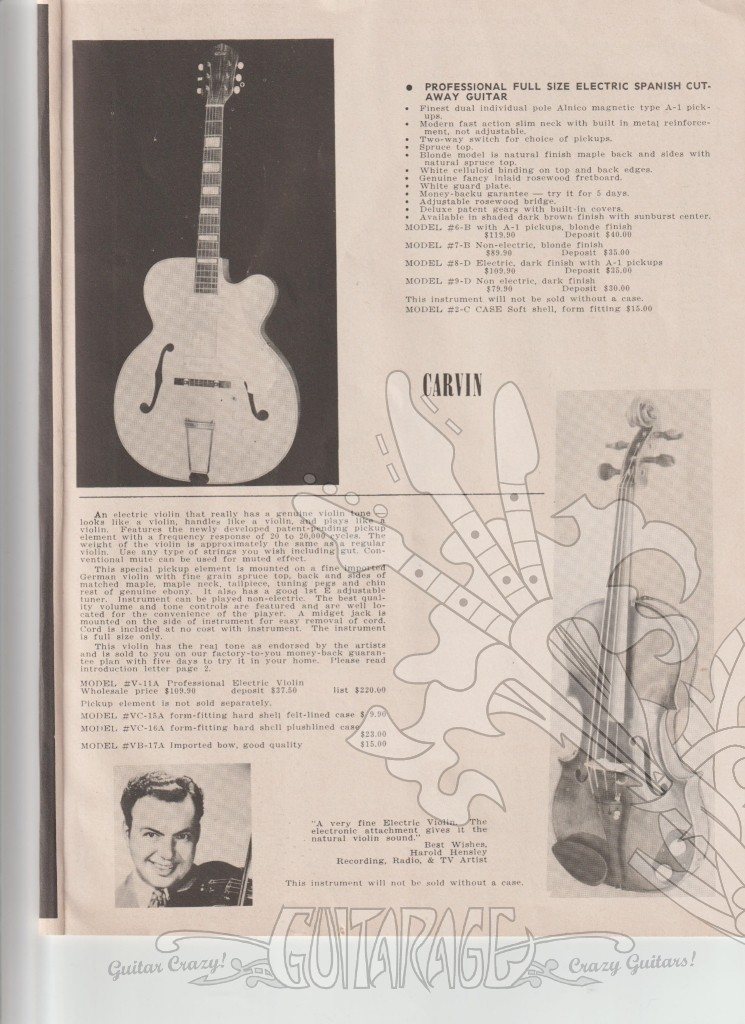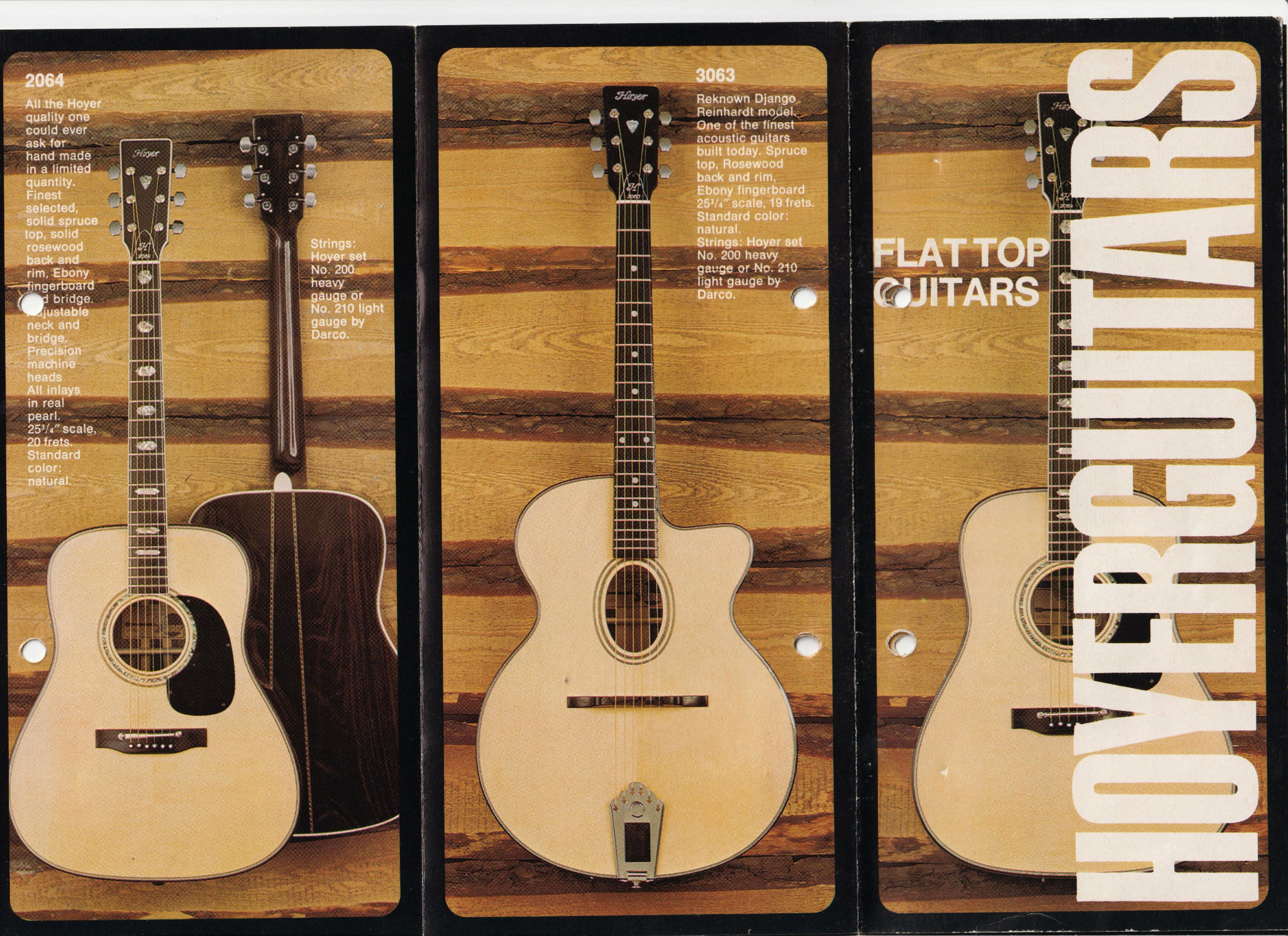
Having said this, there are a lot worse guitars out there, and as well as being historically important, the 1820 bass can certainly provide the goods when required. Over the course of the 70s, the Japanese output improved dramatically, and in many ways these early 70s models are a low point for the brand. These new Epiphones were based on existing Matsumoku guitars, sharing body shapes, and hardware, but the Epiphone line was somewhat upgraded, with inlaid logos and a 2x2 peghead configuration. The Matsumoku factory had been producing guitars for export for some time, but the 1820 bass (alongside a number of guitar models and the 5120 electric acoustic bass) were the first Epiphone models to be made there. Gibson guitars often appeared in leaflets and brochures printed by these companies.īy the end of the 1960s, a decision had been made to move Epiphone guitar production from the USA (at the Kalamazoo plant where Gibson guitars were made), to Matsumoto in Japan, creating a line of guitars and basses significantly less expensive than the USA-built models (actually less than half the price). Gibson produced it's literature for the US guitar-buying market, but in the rest of the world, it was the responsibility of the overseas distributor, Selmer then Rosetti in the UK, Monzino in Italy etc. The majority of these brochures state that materials and specifications could be changed without notice, so the information within, whilst generally accurate can not be regarded as absolute. Most of Gibson's guitars, basses and amplifiers are included amongst the pages of these catalogues, and many variations within a model can be tracked from catalogue to catalogue, both in the pictures, but also in the included specifications. Others were segment, or even model-specific. Kiesel Guitars owners Mark Kiesel and Jeff Kiesel formed the new company so they can focus exclusively on the advancement of instruments.


Some publications were 'full-line' containing Gibson's entire product range. Carvin Corp announces the formation of a new and separate company, Kiesel Guitars, which will take control of the guitar and bass manufacturing and sales of all Carvin and Kiesel brand instruments starting February 1. Gibson issued regular promotional material for it's products: catalogues every two years or so, dealer handouts, advertisements in guitar magazines, and Gibson's own magazines Gibson Gazette and Gibson Backstage Pass.


 0 kommentar(er)
0 kommentar(er)
